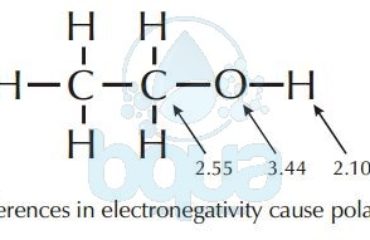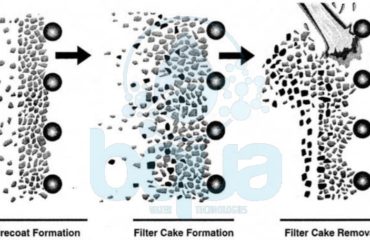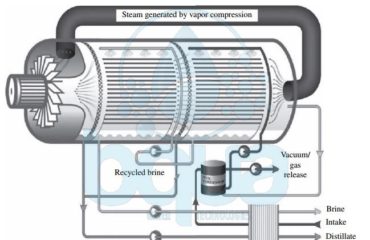What is Total Organic Carbon – TOC Definition
Total organic carbon is one of the most widely used measures for organic content of seawater. Total Organic Carbon concentration measures the content of both Natural Organic Matter (NOM) and of easily biodegradable organics, such as polysaccharides released during algal blooms. This water quality parameter is widely used, because it is relatively easy to measure. And it is indicative of the tendency of the seawater to cause Seawater Reverse Osmosis System SWRO membrane biofouling. Total Organic Carbon TOC is measured by converting organic carbon to carbon dioxide in high-temperature furnace in the presence of a catalyst.
Typically, open ocean seawater which is not influenced by surface fresh water influx (nearby river confluence). By man-made activities (i.e., wastewater or storm water discharges, or ship traffic). Or by algal bloom event (i.e., red tide), has a very low Total Organic Carbon content ($0.2 mg/L). When an algal bloom occurs however, Total Organic Carbon TOC concentration of the ocean water could increase by an order of magnitude (2 to 8 mg/L). Similar magnitude of Total Organic Carbon (TOC) increase could be triggered by a storm water or river discharge during high-intensity rain event. Such as the rainy seasons in tropical and equatorial parts of the world.
Usually, an increase of Total Organic Carbon above a certain threshold (2.0 to 2.5 mg/L) is observed to trigger accelerated biofouling of Seawater RO membranes. The Carlsbad seawater desalination demonstration plant in California is supplied by seawater collected using near-shore open ocean intake. Observations indicate that Total Organic Carbon concentration in the source water at that location exceeds 2.0 mg/L during algal bloom events. Within a week to two week period, the Seawater Reverse Osmosis system experiences measurable biofouling and associated increase in operating pressure. Similar TOC level observations at the Tampa seawater desalination plant, in Florida, USA (where the typical background TOC level of the seawater is less than 4 mg/L) indicate that accelerated biofouling occurs when Total Organic Carbon concentration exceeds 6 to 8 mg/L.
Usually, accelerated biofouling at the Tampa facility is triggered by one of two key events – rain events, which increase the content of alluvial organics in the source seawater, or algal blooms which cause elevated organic levels due to massive die off of algae. The increase in alluvial organics during rain events is caused by the elevated flow and alluvial content of Alafia River. Which discharges into Tampa Bay several kilometers upstream of the desalination plant intake. During high-intensity rains during summer months, TOC level in the river water discharging in the bay may exceed 20 mg/L.
| Seawater Source | TOC (mg/l) | Polysaccharides (% of Total TOC) |
Humic Substances and Building Blocks (% of Total TOC) |
Low Molecular Weight Acids and Neutrals (% of Total TOC) |
Other Low Molecular Weight Compounds (% of Total TOC) |
| Surface Raw Seawater – Perth, Australia | 0.9 | 3 | 31 | 25 | 41 |
| Surface Raw Seawater -Ashkelon, Israel May 2005) |
1.2 | 14 | 39 | 25 | 22 |
| Surface Raw Seawater -Ashkelon, Israel May 2006) |
1 | 7 | 52 | 22 | 19 |
| Surface Raw Seawater -Carboneras, Spain | 0.9 | 8 | 38 | 18 | 42 |
| Well Seawater – Gibraltar, Spain | 0.6 | 1 | 26 | 22 | 51 |
| Surface Raw Seawater –Gibraltar, Spain | 0.8 | 5 | 26 | 25 | 42 |
Analysis of various sources of seawater indicates that TOC concentration of seawater may contain various fractions of organics. This depends on the origin of this water and the type of seawater intake. See Table above. These fractions may also change depending on the season as well. Analysis of the Table indicates that low-molecular weight organic compounds are typically the greatest fraction of the TOC in seawater (40 to 50%). Comparison of the data from the Ashkelon seawater desalination plant in Israel indicates that the most easily biodegradable organics (polysaccharides) change seasonally. And increase during the summer season along with the content of algal biomass in the ocean. This data also shows that TOC concentration of seawater may not always correlate with the content of polysaccharides in the water.




